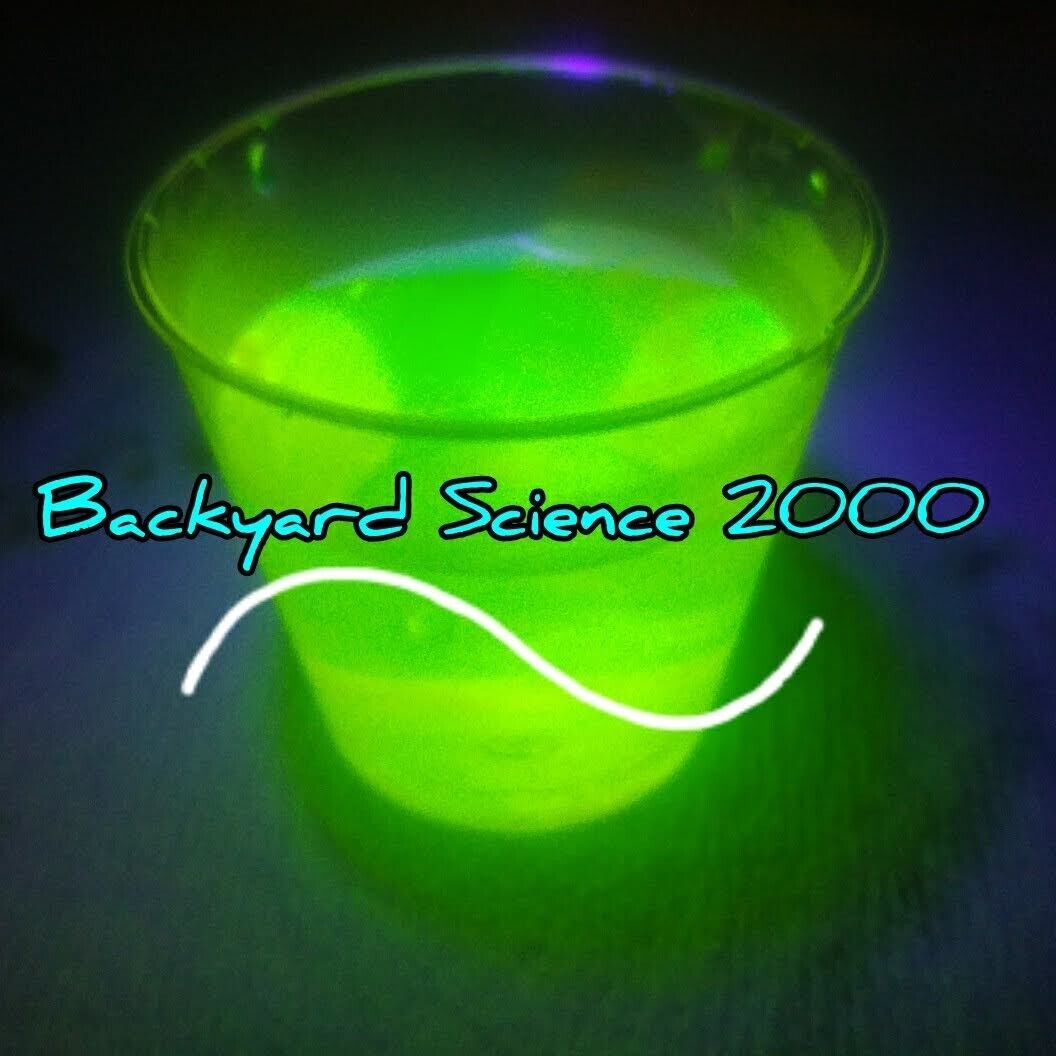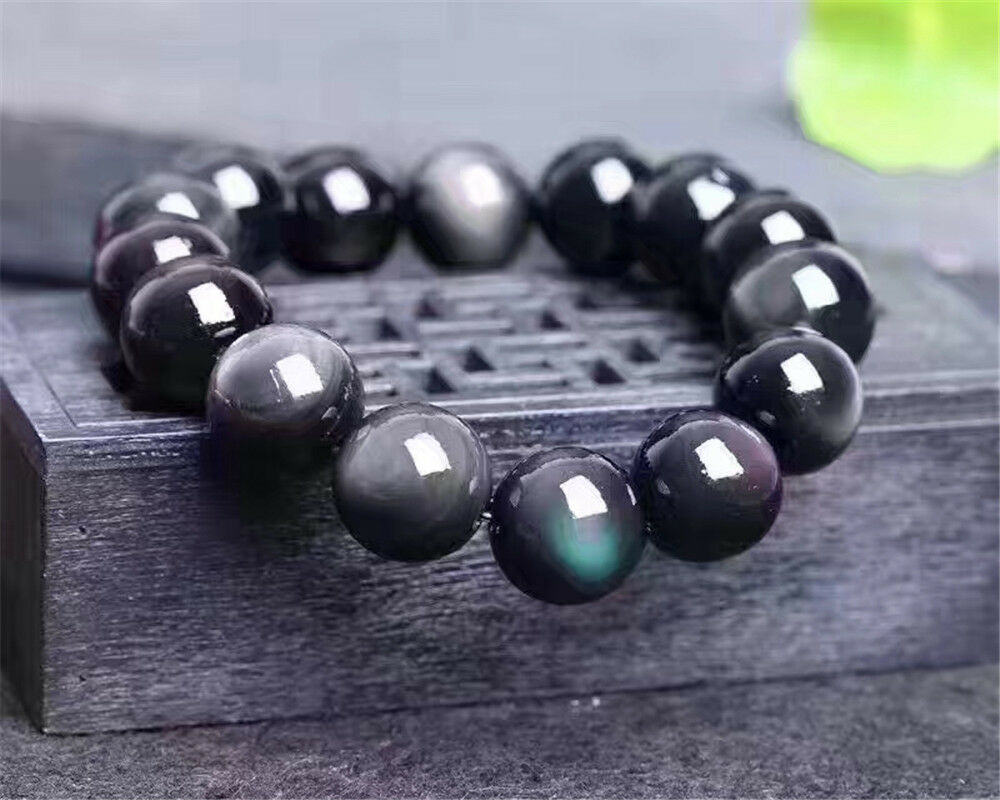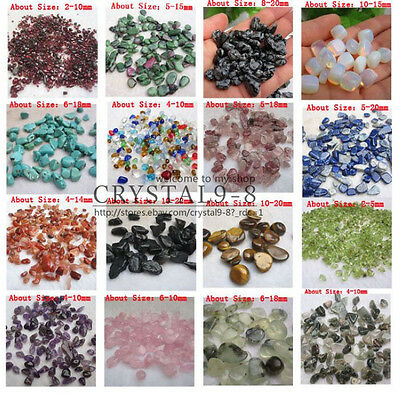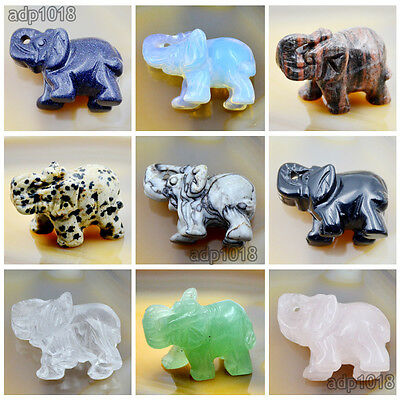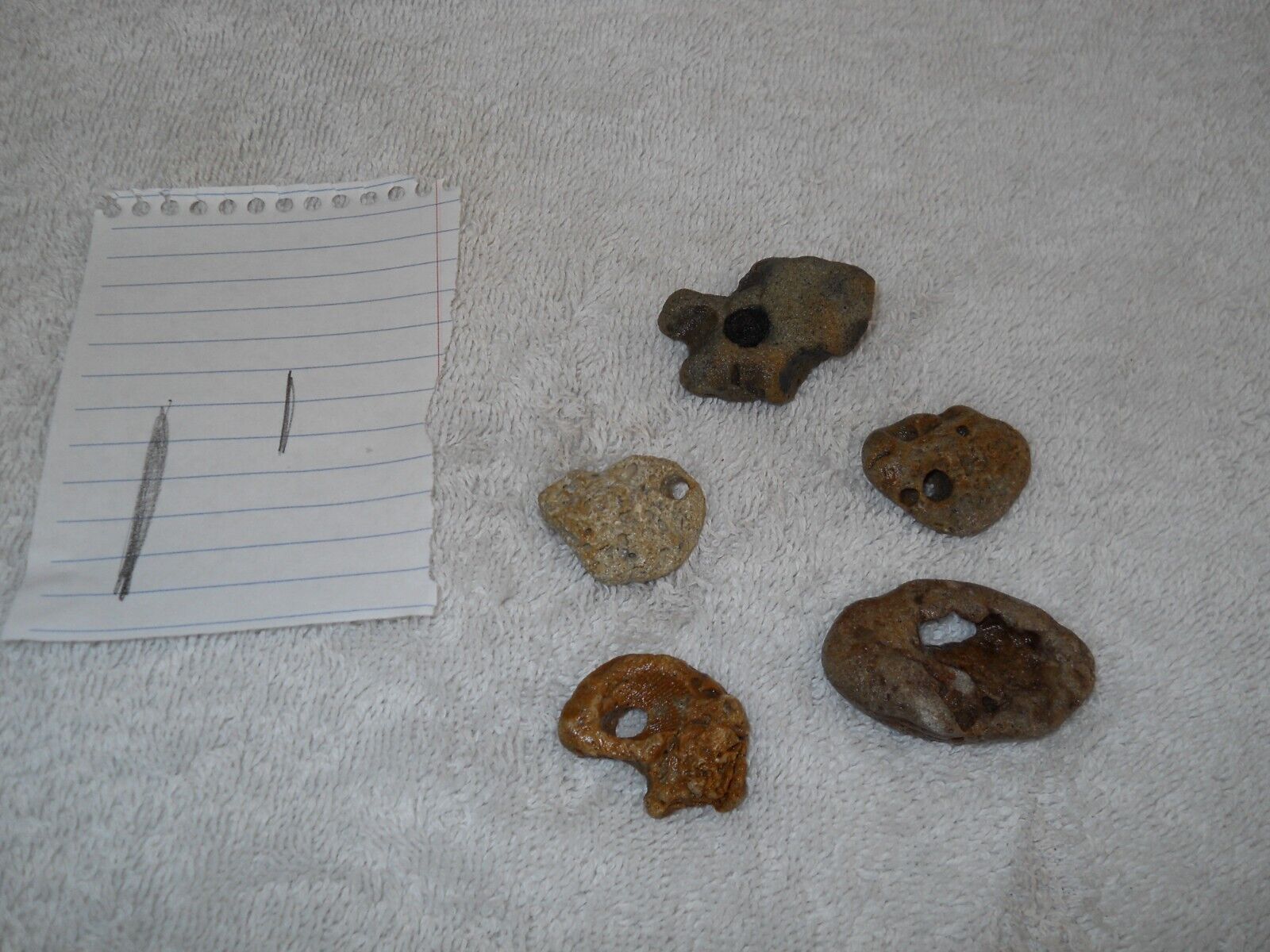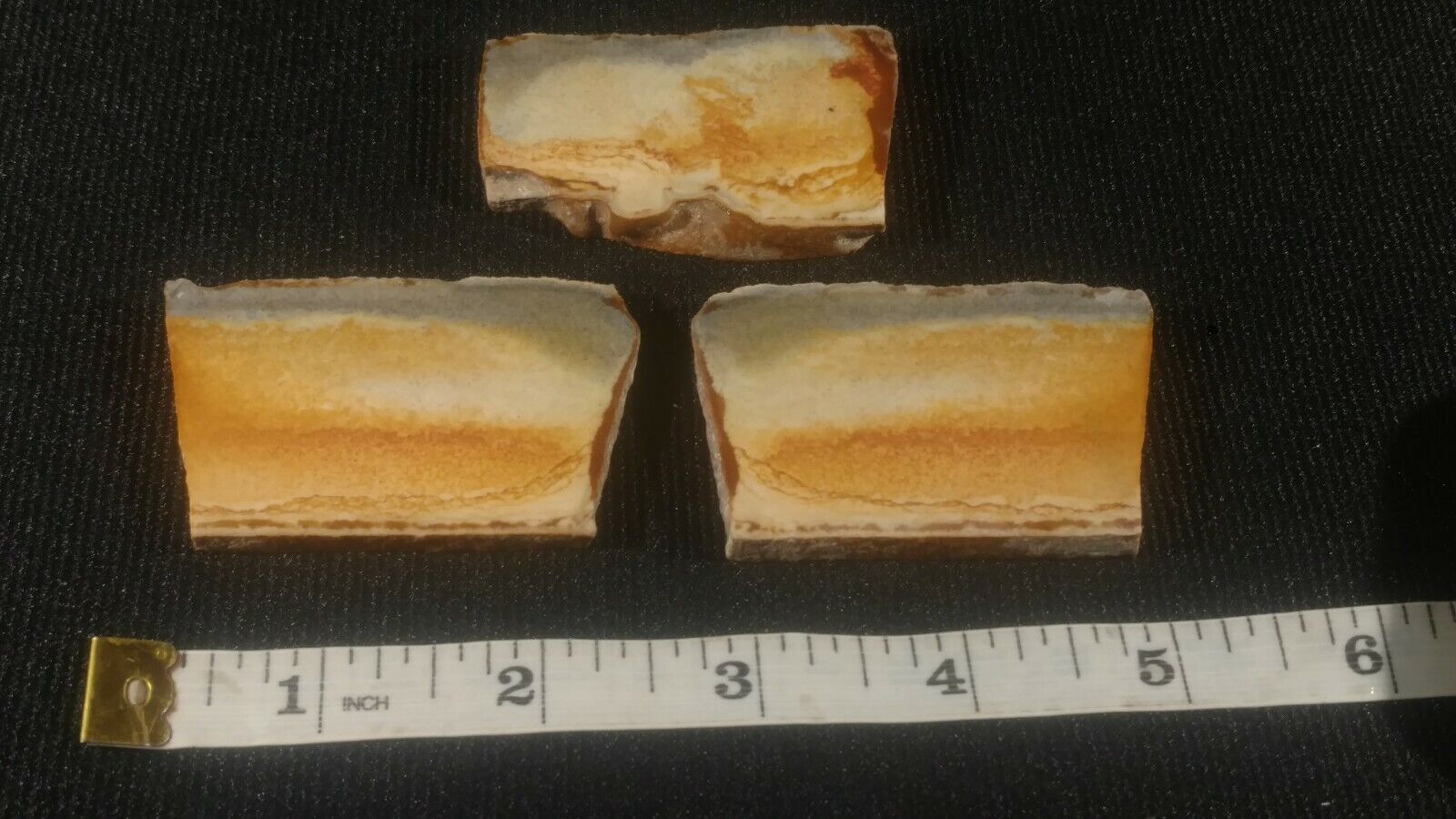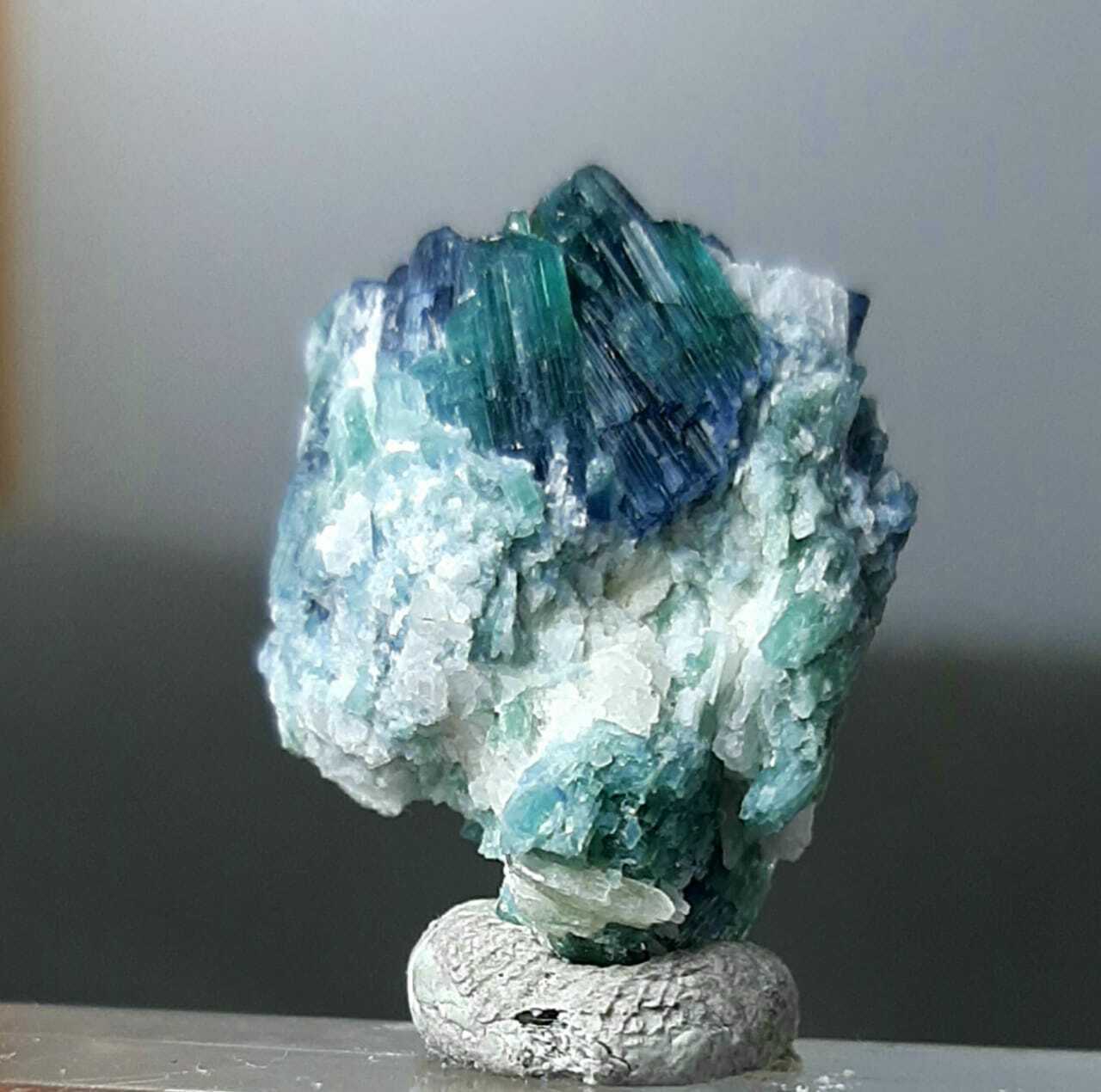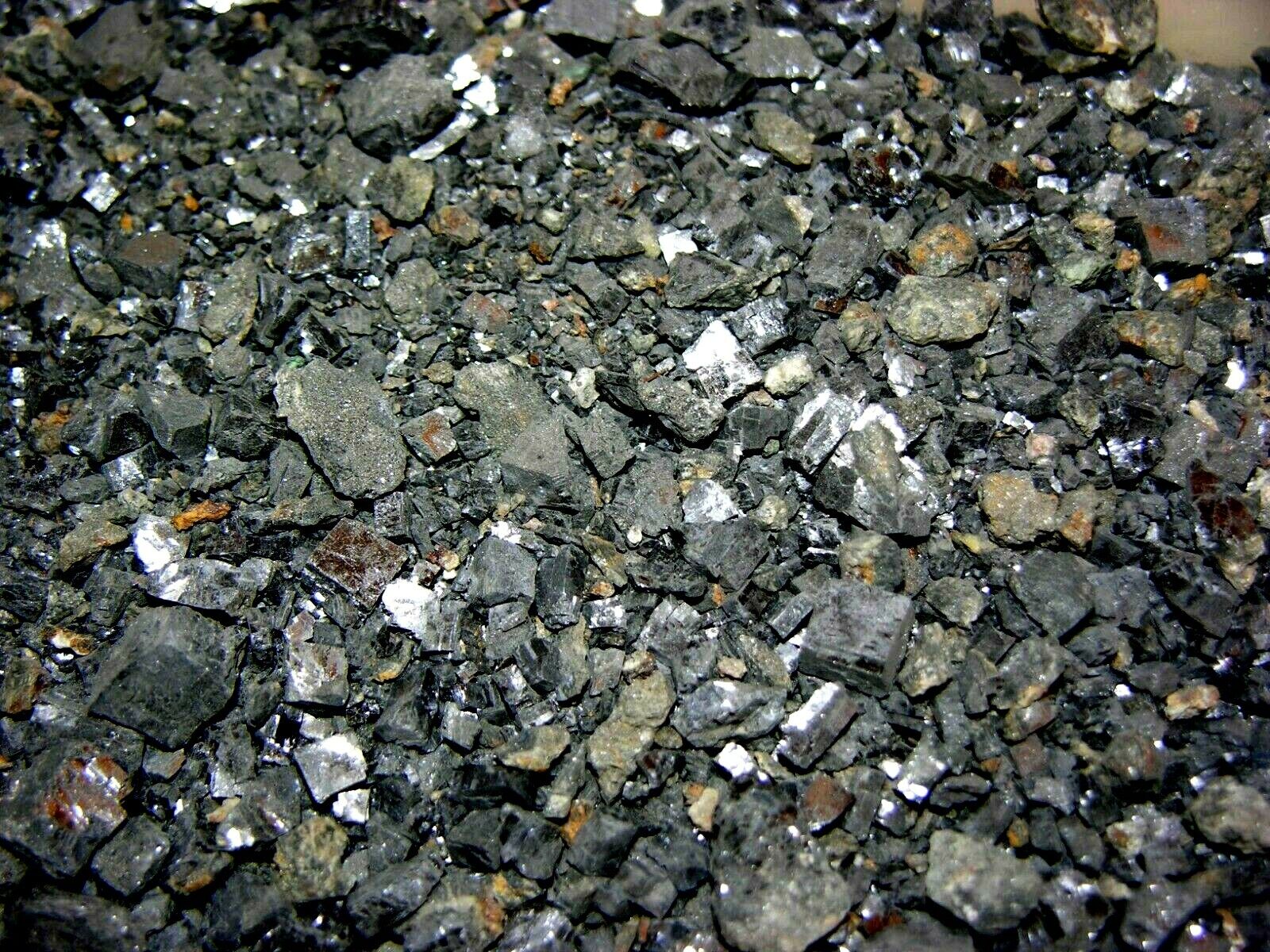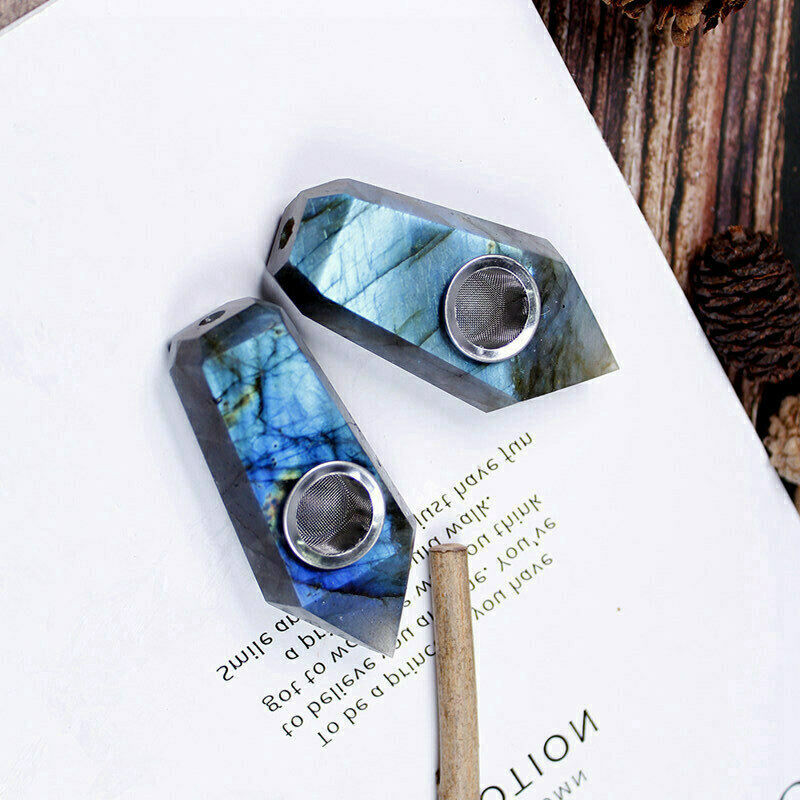-40%
Capsaicin Powder 1g, 99.99% Pure, BYS2K Brand Capsaicin Powder in glass vial
$ 4.72
- Description
- Size Guide
Description
Capsaicin Powder 1g, 99.99% Pure, BYS2K Brand Capsaicin Powder in glass vial.Capsaicin (8-methyl-N-vanillyl-6-nonenamide) (/kæpˈseɪsɪn/ or /kæpˈseɪəsɪn/) is an active component of chili peppers, which are plants belonging to the genus Capsicum. It is a chemical irritant for mammals, including humans, and produces a sensation of burning in any tissue with which it comes into contact. Capsaicin and several related alkaloids are called capsaicinoids and are produced as secondary metabolites by chili peppers, probably as deterrents against certain mammals and fungi. Pure capsaicin is a hydrophobic, colorless, highly pungent, crystalline to waxy solid compound.
About:
Because of the burning sensation caused by capsaicin when it comes in contact with mucous membranes, it is commonly used in food products to provide added spiciness or "heat" (piquancy), usually in the form of spices such as chili powder and paprika. In high concentrations, capsaicin will also cause a burning effect on other sensitive areas, such as skin or eyes. The degree of heat found within a food is often measured on the Scoville scale.
Capsaicin is used as an analgesic in topical ointments and dermal patches to relieve pain, typically in concentrations between 0.025% and 0.1%. It may be applied in cream form for the temporary relief of minor aches and pains of muscles and joints associated with arthritis, backache, strains and sprains, often in compounds with other rubefacients.
It is also used to reduce the symptoms of peripheral neuropathy, such as post-herpetic neuralgia caused by shingles. A capsaicin transdermal patch (Qutenza) for the management of this particular therapeutic indication (pain due to post-herpetic neuralgia) was approved in 2009, as a therapeutic by both the U.S. Food and Drug Administration (FDA) and the European Union. A subsequent application to the FDA for Qutenza to be used as an analgesic in HIV neuralgia was refused. One 2017 review of clinical studies having limited quality found that high-dose topical capsaicin (8%) compared with control (0.4% capsaicin) provided moderate to substantial pain relief from post-herpetic neuralgia, HIV-neuropathy, and diabetic neuropathy.
Capsaicinoids are also an active ingredient in riot control and personal defense pepper spray agents.[21][22][23] When the spray comes in contact with skin, especially eyes or mucous membranes, it produces pain and breathing difficulty in the affected individual.
Capsaicin is also used to deter pests, specifically mammalian pests. Targets of capsaicin repellants include voles, deer, rabbits, squirrels, bears, insects, and attacking dogs. Ground or crushed dried chili pods may be used in birdseed to deter rodents, taking advantage of the insensitivity of birds to capsaicin. The Elephant Pepper Development Trust claims that using chili peppers as a barrier crop can be a sustainable means for rural African farmers to deter elephants from eating their crops.
Safety:
Capsaicin is a strong irritant requiring proper protective goggles, respirators, and proper hazardous material-handling procedures. Capsaicin takes effect upon skin contact (irritant, sensitizer), eye contact (irritant), ingestion, and inhalation (lung irritant, lung sensitizer). LD50 in mice is 47.2 mg/kg.
Painful exposures to capsaicin-containing peppers are among the most common plant-related exposures presented to poison centers. They cause burning or stinging pain to the skin and, if ingested in large amounts by adults or small amounts by children, can produce nausea, vomiting, abdominal pain, and burning diarrhea. Eye exposure produces intense tearing, pain, conjunctivitis, and blepharospasm.
Treatment after exposure:
The primary treatment is removal from exposure. Contaminated clothing should be removed and placed in airtight bags before incineration to prevent secondary exposure.
For external exposure, bathing the mucous membrane surfaces that have contacted capsaicin with oily compounds such as vegetable oil, paraffin oil, petroleum jelly (Vaseline), creams, or polyethylene glycol is the most effective way to attenuate the associated discomfort; since oil and capsaicin are both hydrophobic hydrocarbons, the capsaicin that has not already been absorbed into tissues will be picked up into solution and easily removed. Capsaicin can also be washed off the skin using soap, shampoo, or other detergents. Plain water is ineffective at removing capsaicin. Capsaicin is soluble in alcohol, which can be used to clean contaminated items.
When capsaicin is ingested, cold milk is an effective way to relieve the burning sensation (due to caseins, a protein found in milk, having a detergent effect on capsaicin), and sugar solution (10%) at 20 °C (68 °F) is almost as effective. The burning sensation will slowly fade away over several hours if no actions are taken.
Capsaicin-induced asthma might be treated with oral antihistamines or corticosteroids.
You will get:
*1 vial containing 1.2g of capsaicin powder in its pure form. That will be taped shut and bubble wrapped and placed in a box with the proper warning labels and stickers and shipped via USPS First Class Mail with Tracking.
